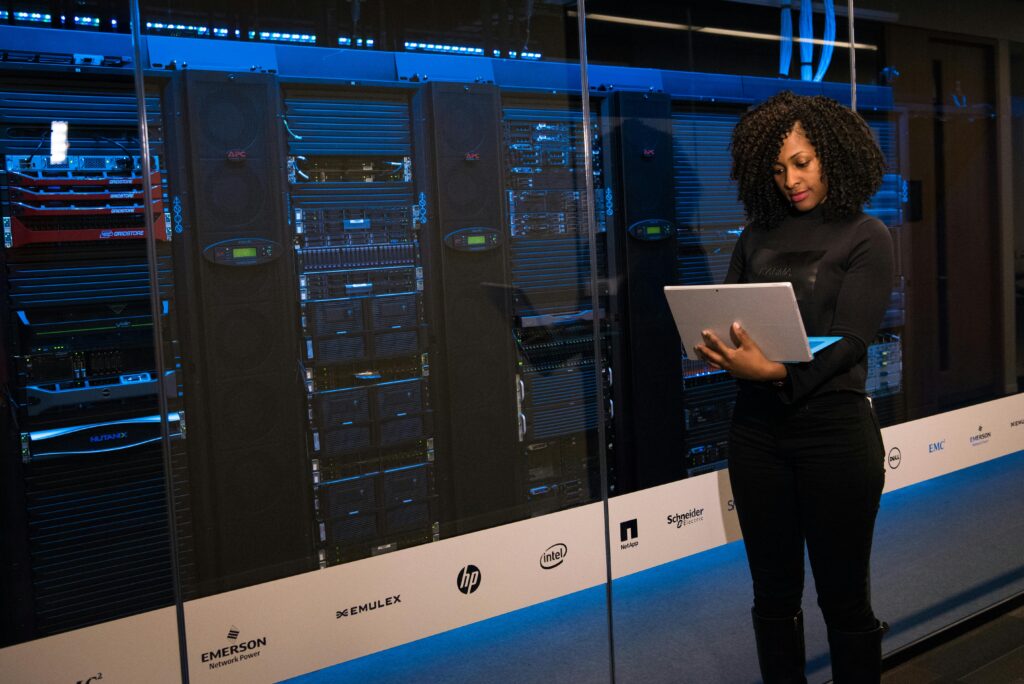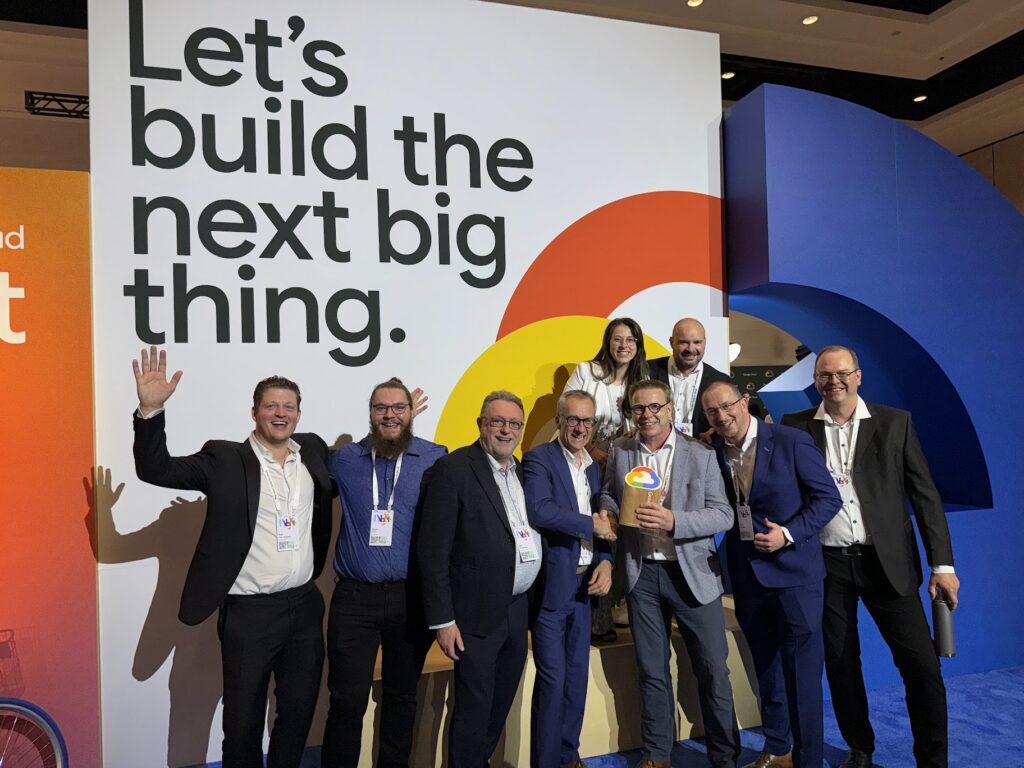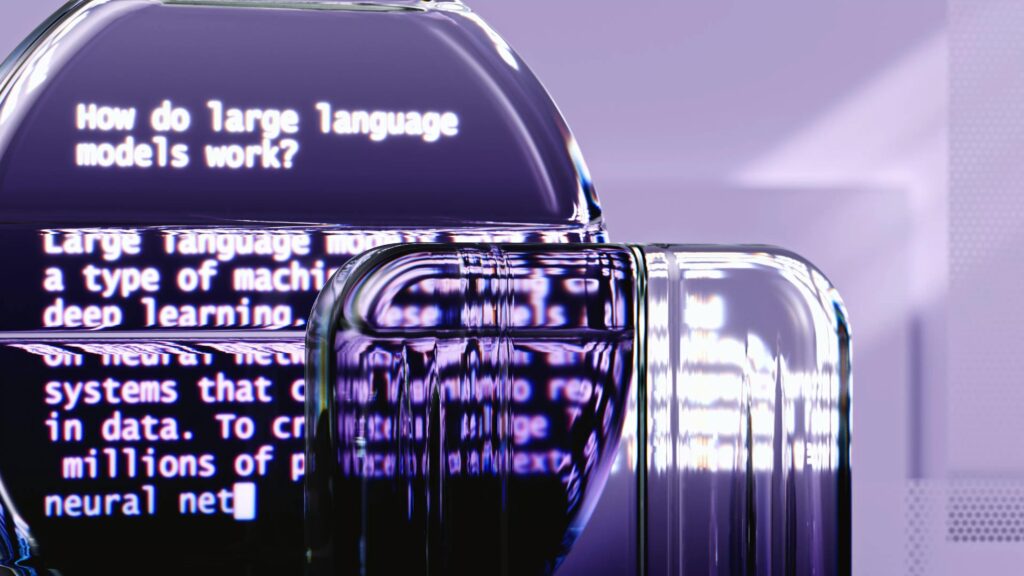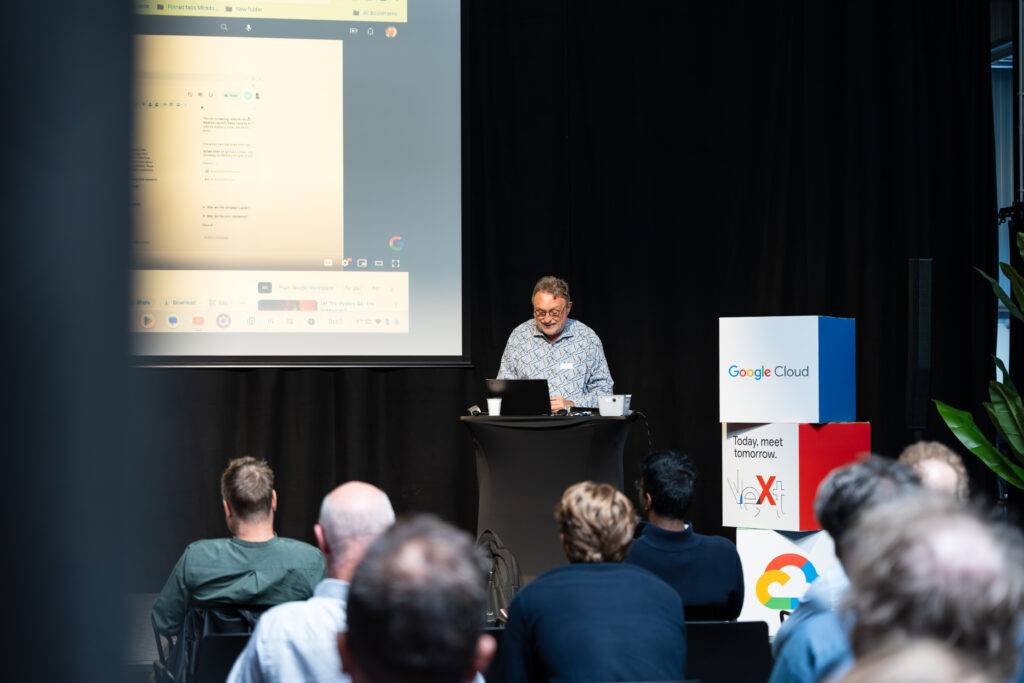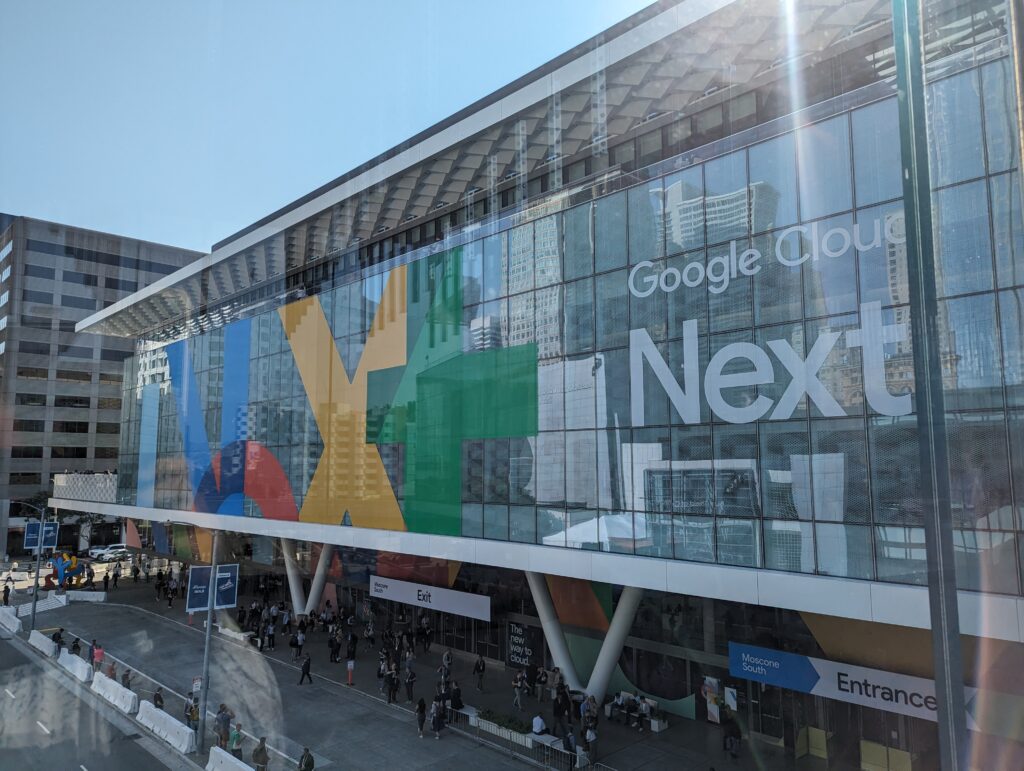As always, Bart Gouweloose, our Google evangelist, has been keeping a close eye on the Google Cloud novelties the past year. In this blog, he gives an overview of the announcements that made the biggest impact in 2022.
“There are decades where nothing happens; and there are weeks where decades happen.”
This quote, often attributed to Lenin, seems to me to be an adequate description of the times we are living in. Last year was a year of crisis and war, but also one with an unprecedented wave of technological innovations. To name just a few: from the first nuclear fusion that produced more nuclear power than it used, to a look into our (very) distant past with the James Webb Telescope. From the first patients to be declared cancer-free thanks to medicines targeting a specific cancer, to the explosive breakthrough of generative AI with ChatGPT as icing on the cake. And so far, nothing seems to indicate that 2023 will be any different.
Google Cloud increasingly focuses on its own strengths
These are challenging times. The world is rapidly changing, and successive black swan events have made predicting the future extremely difficult. Focus has become more important than ever. More specifically, focus on what is essential to you as an organisation.
The money trees no longer grow sky-high, and Big Tech is not immune to this changing world. Focus will become an absolute requirement here as well, so decisions will have to be made. What do we, as Alphabet and Google, want to spend our energy and resources on, and what do we no longer want to do (ourselves)?
Data remains the number one focus domain
Last year, I thought that Google had finally closed the gap data-wise, and it turns out that I was quite wrong. If there is one area where Google has really pulled out all the stops in 2022, it is data.
There was the announcement and rollout of BigLake, a storage environment that brings data warehouses and data lakes together. There was BigQuery, which now makes analysis on semi-structured and unstructured data possible as well. BigQuery also received new features throughout the year, like cross-platform transfers in BigQuery Omni (an option to bring blob data to the central BigQuery environment on GCP in the best possible way).
There was the launch of AlloyDB and its ecosystem, Google’s version of PostgreSQL on steroids, which should help Google grab a piece of Oracle’s market share. There was the unification of Google’s BI environment with the inclusion of Data Studio in the managed Google Cloud environment, which eventually resulted in two new Looker flavours (one free and one paid) under the moniker Looker Studio. Finally, there was the general rollout of products such as Analytics Hub or Dataplex (Google’s Unified Data Management environment) integrated through previews in BigLake since December.So: a lot of highlights, but far from a complete list. A more comprehensive overview can be found in An annual round-up of Google Data Analytics innovations. Internationally, this constant expansion of functionality is already yielding more and more commercial breakthroughs. It is up to us to realize this more on the Benelux market as well. I no longer really dare to predict what 2023 has in store in terms of data. We will hear more at the next Data Cloud Summit, scheduled for the month of March.
AI and ML were in the global spotlight in 2022
A bit bizarre, right? While AI and ML have been making waves at the major cloud players for years now, they often remained quite invisible in the background for the end user. Examples include the creation of better photos on your smartphone, and limiting your spam mail in your inbox. Generative AI, however, has made ML applications very visible to the end user in less than one year.
To put that whole recent development in perspective: it was Google Brain, the AI research division of Google, that launched Transformer in 2017. This is the Deep Learning model that forms the basis of platforms and systems such as GPT 3 in ChatGPT today. It seems that it is mainly the competitors who are reaping the benefits of those efforts at the moment. But before we delve deeper, let’s zoom in on Google’s highlights of 2022.
Of course, we’ve seen AI developments appear in almost all Google platforms in 2022, just like in previous years. Just think of smart canvas in Workspace, or the automation of processes within security and intelligent management.
But there are three specific AI areas that received a lot of attention in 2023. Vertex AI, the framework that allows you to build, deploy, scale and maintain machine learning models faster, had by far the most hits. Just think of extensions like Vizier, Model Registry, Tabular Workflows, Predictions, Experiments, model co-hosting, Explanations, Real time streaming, and Vision.
There were also a series of extensions to Pipelines, and the link with AlphaFold. And we can keep going like this for a while, for those who are still in doubt. Google definitely sees Vertex AI as the vehicle for ML to break through across the enterprise.
Google’s second focus was on Document AI, an engine that lets companies quickly extract data from standard documents such as invoices, contracts, or order forms. Functionally, we saw an expansion of the standard tooling with Workbench and Warehouse, and improvements in OCR processing. In terms of functionality, there was, among other things, an extension to Document AI for Identification, which now allows you to support identity verification and fraud detection through Document AI.
The third focus was on solutions for verticals. Just think of the rollout of a CCAI platform, a total solution for contact centre environments. Or the Medical Imaging Suite, an environment to accelerate and improve the processing of medical images. And also the Translation Hub, which enables companies to convert a text into multiple languages in one go.
For some more background, refer to the two following articles:
- If ChatGPT doesn’t get a better grasp of facts, nothing else matters
- Google has everything it needs to counter ChatGPT – here’s what it’s already shown off
But all of this is just the tip of the iceberg of Google’s AI efforts. Just like in January of every year, Jeffrey Dean, the legendary Google employee from the very beginning, gave an overview of the output of Google Research in the past year. This has become such an extensive list that Google now divides the results over several publications. For the complete overview, I refer to the series: Google Research, 2022 & Beyond.
And even that is not an all-encompassing list of the AI efforts within Alphabet, given that DeepMind have conducted a whole series of studies and released products in 2022. They do not have an annual overview, but on their site you will find all published research documents.
Google Cloud gets an E2E security platform in 2022
Security is without a doubt the third platform in which Google has massively invested in 2022. Key points were the final acquisition of Siemplify, a Security Orchestration, Automation, and Response (SOAR) platform, and Mandiant, an Extended Detection and Response (XDR) platform. These are components of an E2E cloud security platform, and Google united these components in October in their Chronicle Security Operations.
In addition, there were a series of smaller announcements, of which I’ll try to single out the most important ones.
- The launch of Google Certificate Manager for acquiring and managing TLS certificates.
- With Assured Workloads, the EU received a guarantee that cloud operations would be performed entirely from Europe in February.
- In March, we saw extensions to the Autonomic Security Operations platform, the intelligent automation of security operations that should make invisible security possible.
- In May, Google announced the Assured Open Source Software service, which it wants to use to grant specific versions of open-source software a security guarantee.
- Also in May, Google launched the Chrome Enterprise Connectors Framework, which enables secure connection with third-party solutions via connectors and APIs.
- A series of expansions followed in June, among others to Cloud Armor, the environment that protects your website and apps against attacks.
- The month of August brought a market-first Virtual Machine Threat Detection.
- In the autumn month, BeyondCorp Enterprise, Google’s zero trust environment and Google Cloud Firewall, saw a series of new functionalities.
- At Google Next, there was a plethora of security announcements. This included Confidential Space, a protected space to share specific results within an ecosystem without sharing the source data, and Software Delivery Shield, an E2E approach to software development.
- In October, Sensitive Actions showed us a further interpretation of the shared fate principle, where Google will warn the customer if they implement configurations that are not in accordance with best practices.
- In November, it was IAM Deny’s turn to shine, which gives you the opportunity to protect certain functions regardless of the role that a person has.
As you can see, the announcements followed each other rapidly throughout the year. And of course, this overview is far from complete. The essence of these steps is that Google has now developed its own strong cloud security story, which, reinforced with third-party solutions, often acquired via the marketplace, can provide the user with E2E security. In 2023, we mainly expect Google to systematically close any remaining gaps.
There is still work to be done on the digital workplace
With 3 billion Workspace users and 8 million companies on Workspace, the platform has once again experienced strong growth in 2022. Among other things, the US Army’s recent contract for 250K licences proves that Workspace has built up a solid reputation over the years. Certainly as far as security is concerned, because the platform would never have stood a chance at the Pentagon otherwise.
I also feel great about the evolution of ChromeOS. Chrome was effectively removed from ChromeOS during the year, so that security updates are no longer linked to ChromeOS support. This means that Chromebooks are guaranteed to continue to receive security updates over a longer period of time.
The launch of ChromeOS Flex now ensures that it is perfectly possible to migrate to a ChromeOS environment as an organisation, without being obliged to renew your entire PC infrastructure. After all, from now on, you can combine Chromebooks with Windows and Mac machines that have been migrated to ChromeOS Flex. This means that you can realize your transition to one uniform ChromeOS environment without having to deal with accelerated depreciation.
We are convinced that Google will continue to invest in Google Workspace and solutions like AppSheet, both of which we believe to be very powerful products that will accelerate the digital evolution of organisations.
Wondering how Google Cloud can help you reach your business goals in 2023? Let us know, we’re here to connect the dots!
